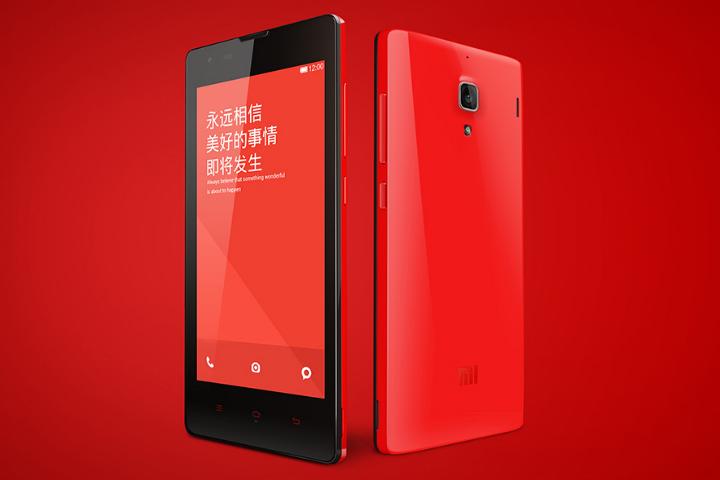
In fact, the latest data from tech research firm Canalys states that Beijing-based Xiaomi is now the top seller of smartphones in the country, beating not only Apple, but Samsung, too.
According to Canalys’s data, in the three-month period ending June 30, Xiaomi took a 14 percent market share of China-based smartphone shipments, with Samsung, Lenovo, and Yulong all ranking second with 12 percent each. Xiaomi shipped some 15 million units, while Samsung managed 13.2 million.
Turnaround
That’s some turnaround from the first quarter when Samsung’s shipment share reached 18.3 percent, while Xiaomi secured 10.7 percent. The data is even more remarkable when you learn that just a year ago Xiaomi had a mere 5 percent share of smartphone shipments in China.
Attractive pricing and brand familiarity among the population have helped to ensure that eight of the top ten smartphone vendors in China are local companies.
‘Phenomenal achievement’
Canalys research analyst Jingwen Wang described the data as a “phenomenal achievement” for Xiaomi.
Wang said the company’s success was partly attributable to Samsung’s “under strength” performance at the start of the year, but said that was “only half the story.”
Other factors include the delivery of “compelling products at aggressive price points” (think Redmi 1S and Redmi Note), as well as its ability to focus on its locally relevant MIUI (Xiaomi’s customized Android overlay) software features and services. In addition, Wang says the company has been clever with “effectively targeted marketing,” which includes special promotional events and tight control of the sales channel to help increase demand.
In the second quarter, 97 percent of Xiaomi’s shipments were in mainland China. However, it’s now planning to move into other markets, starting with Indonesia, Mexico, Russia, Thailand, and Turkey later this year. It’s not clear if the company has any plans to enter the US market further down the road.
Samsung struggle
The data highlights Samsung’s current struggle to dominate the Chinese market, with the Korean company losing the top spot for the first time since the end of 2011.
“Samsung’s efforts to realign its channel inventory to meet changing demand during the quarter led to a reduction in its overall shipment numbers that is not expected to affect Q3 2014 to a similar extent, though with the market in China becoming even more competitive, it will not be straightforward to reestablish leadership,” Canalys noted in its report.
Apple, on the other hand, showed a decent year-on-year performance, up by 58 percent, thanks in the main to a deal with China Mobile to carry the iPhone. The company will be hoping to build on this success when it launches the next iteration of its handset, which could be unveiled next month.
Oh, as for how to pronounce Xiaomi, try “show” rhyming with “chow” and then add “me.”
Editors' Recommendations
- Look who just replaced Samsung as king of the global smartphone market
- Samsung and Apple dominated the smartphone market in 2021
- Xiaomi 12 rumored to launch December 28 in China, according to latest leak
- Xiaomi unveils smart glasses that it claims could replace the smartphone
- The Mi Mix Fold is Xiaomi’s first foldable smartphone


